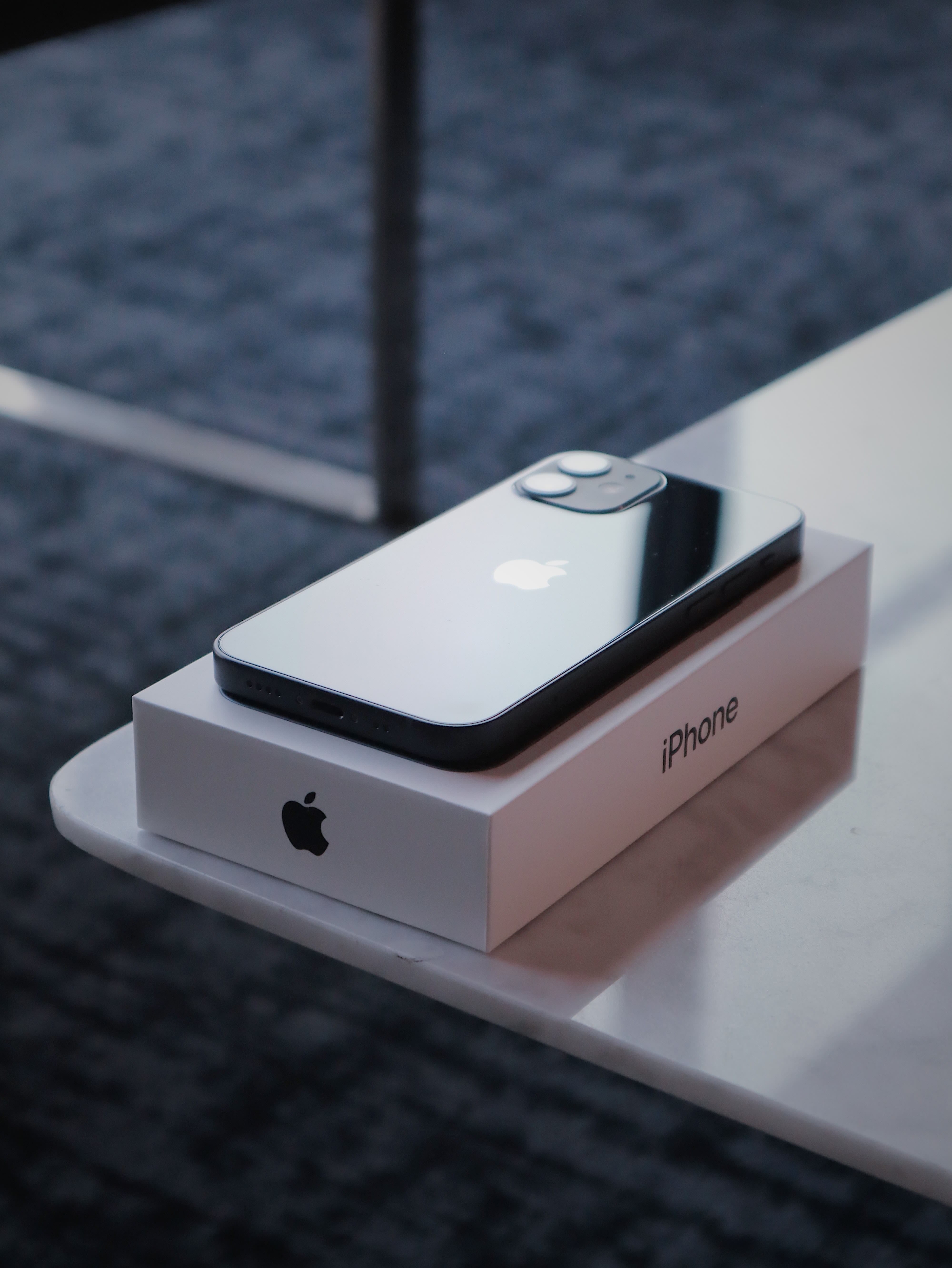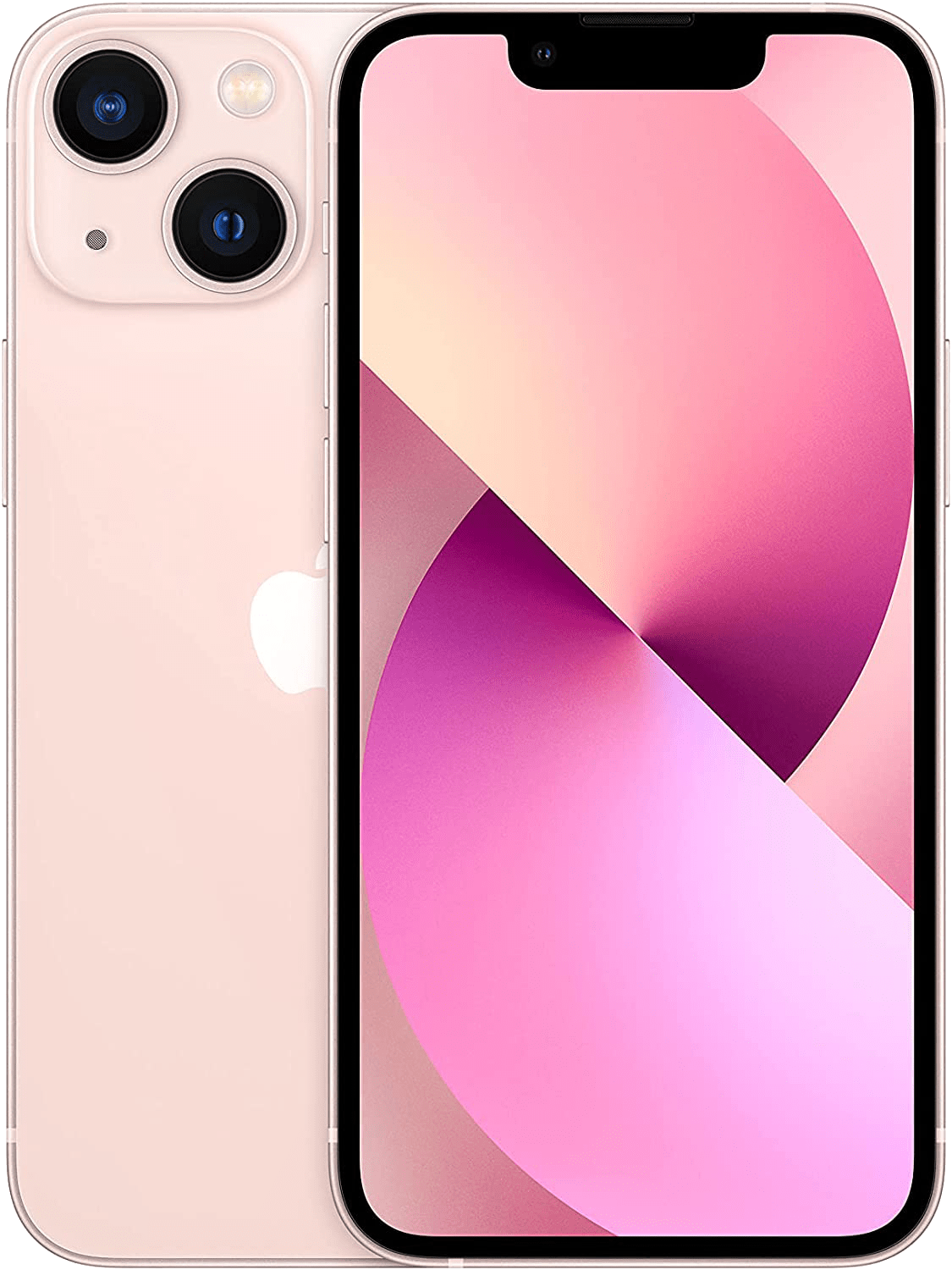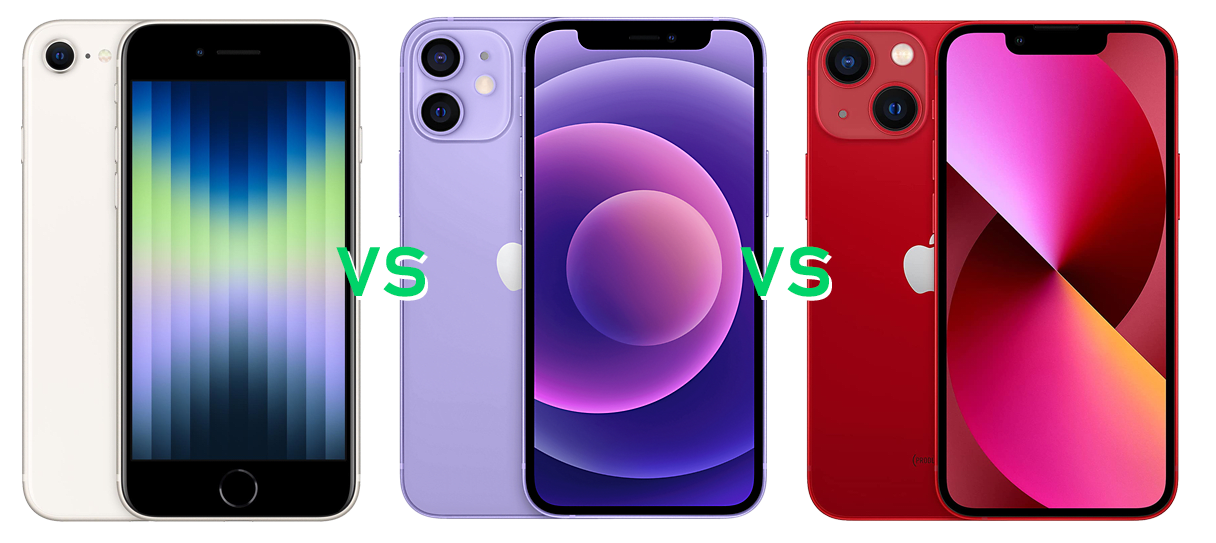There’s no two ways around it: nobody makes a properly small Android phone these days. That means if you want a truly small smartphone, it’s going to have the Apple logo on it. In fact, Cupertino has a strong track record of making phones for smaller hands and pockets. There have now been three versions of the budget iPhone SE, along with the superb iPhone 12 mini and iPhone 13 mini.
But while all three are small, they’re quite different. The original iPhone SE was created as a cheaper way to own an iPhone, and the iPhone SE (2020) and iPhone SE (2022) have kept to the same script. The iPhone 12 mini, on the other hand, was simply a shrunken version of the iPhone 12. The iPhone 13 mini is much the same – both offer full iPhone performance in a smaller package, and are only a little cheaper than their mainstream iPhone equivalent.

If you’re in the market for a small phone, you’ll probably end up asking “Should I buy an iPhone SE, iPhone 12 mini or iPhone 13 mini?”
Let’s look at how they compare, so you can choose the best small iPhone for you.
Quick links:
iPhone SE
The original iPhone SE launched in Spring 2016. On the outside it was essentially an iPhone 5S, but on the inside it shared components with the iPhone 6S. As a cheaper, smaller iPhone it was a success, leading on to the second generation iPhone SE (2020), and most recently the iPhone SE (2022).
The third generation iPhone SE shares plenty with the mainstream iPhone 13 lineup, including its hugely powerful A15 Bionic chip. However, it has the classic iPhone design, with a smaller screen than other contemporary iPhones. It’s more basic in some other ways, as we’ll explain below.

iPhone 12 mini and iPhone 13 mini

The iPhone 12 mini was the first time Apple had tried to shrink the mainstream iPhone without lowering its spec. It’s basically a smaller version of the iPhone 12, with identical specs other than a smaller screen and shorter battery life. The same applies to the iPhone 13 mini, which is a shrunken iPhone 13. Both phones are a little cheaper than their full-sized counterparts, but neither feels compromised.
The key difference between ‘mini’ iPhones and the iPhone SE is that the latter was created as a budget model, and has lower specs, while an iPhone mini is essentially a smaller version of the mainstream iPhone. Now, let’s get into the details.
Want to consider Android phones too? Check out our guide to the best small phones
iPhone SE (2022) vs iPhone 12 mini vs iPhone 13 mini – size
All three of these phones are significantly smaller than today’s norm. The iPhone SE (2022) measures 138.4×67.3×7.3mm, making it easy to hold one-handed, even if you don’t have particularly big hands. The iPhone 13 mini is smaller still, measuring 131.5×64.2×7.7mm. But if you want the smallest iPhone, the iPhone 12 mini has the edge at 131.5×64.2×7.4mm. It’s the lightest of the three, too, weighing 133 grams compared to 140g for the iPhone 13 mini, and 144g for the iPhone SE (2022).
iPhone SE (2022) vs iPhone 12 mini vs iPhone 13 mini – display
The iPhone SE (2022) screen is one of its biggest compromises compared to other current iPhones. The iPhone 12 mini and iPhone 13 mini both have modern, near-borderless OLED displays measuring 5.4” diagonally. They also have a 2,340×1,080 resolution, giving them a smooth 476 pixels per inch (ppi).
The iPhone SE (2022) by contrast makes do with a 4.7” LCD panel offering just 1,334×750 pixels, equivalent to 326ppi. While it’s not a bad screen to look at, it’s incredibly small by today’s standards, and doesn’t have the same brightness or sharpness as either generation of the iPhone mini. Importantly, it also doesn’t have the minimum 1,920×1,080 resolution you need to display HD content without scaling. On the plus side, it doesn’t have a cut out or notch for the front camera like other phones, so nothing spoils the view you do have.
There’s much less to choose between the iPhone 12 mini and iPhone 13 mini. While both screens offer a 2,000,000:1 contrast ratio and 1,200 nits maximum brightness, the iPhone 13 mini has a higher typical brightness of 800 nits, versus 625 nits for the iPhone 12 mini. In practice, you’re unlikely to notice much difference. Incidentally, all three of these phones have a 60Hz refresh rate – among iPhones, only the iPhone 13 Pro and iPhone 13 Pro Max go higher.
iPhone SE (2022) vs iPhone 12 mini vs iPhone 13 mini – processor
The iPhone SE (2022) might be a budget iPhone, but here it has an advantage over the iPhone 12 mini. While that phone has Apple’s blistering A14 Bionic chip, the iPhone SE (2022) and iPhone 13 mini both have the newer A15 Bionic, which is significantly quicker.
In fact the iPhone 13 mini and iPhone SE (2022) are among the fastest phones you can buy – they’re beaten only by the iPhone 13 Pro and iPhone 13 Pro Max, both of which have an enhanced version of the same chip.
The iPhone 12 mini isn’t too far behind, though. In our tests it notched up a single-core score of 1,589 in the Geekbench 5 CPU benchmark, compared to the iPhone 13 mini’s 1,724. Its 3,888 multi-core score isn’t all that far off the iPhone 13 mini’s 4,590, either. It’s a similar story in the 3DMark Wild Life Extreme benchmark: the iPhone 12 mini posted a best of 2,190 points, compared to 2,520 from the iPhone 13 mini.
In truth, all three of these phones have more than enough power for almost anything you’ll want to throw at them. iOS (Apple’s operating system) still runs smoothly on much older iPhones than these, and it’s likely they’ll all be fine for cutting edge apps for a couple of generations yet.
iPhone SE (2022) vs iPhone 12 mini vs iPhone 13 mini – camera
This is an area where the iPhone 12 mini and iPhone 13 mini have the iPhone SE (2022) comprehensively beaten. Both ‘mini’ iPhones have a dual-lens setup at the back, with 12 megapixel (MP) wide and ultra-wide cameras. Both phones feature a fairly wide ƒ/1.6 aperture on the wide camera, allowing lots of light through in darker conditions. To help, both phones get Apple’s brilliant Night Mode, which can turn in reasonable shots in astonishingly dim conditions – the iPhone 13 mini is particularly adept here.
The iPhone SE (2022) isn’t as impressive, but it still has a decent, 12MP camera with a wide-angle lens. Its ƒ/1.8 aperture is still reasonable, and like the iPhone 12 mini it has optical image stabilisation, helping sharpen up photos and prevent shaky videos, particularly in low light. By contrast, the iPhone 13 mini has sensor-shift stabilisation, which Apple says offers better performance.
While all three cameras offer great features including 5x digital zoom and Portrait Mode, the iPhone SE (2022) doesn’t support Night Mode, which could be a big omission if you take a lot of night, or dimly lit indoor pictures. On the other hand, both it and the iPhone 13 mini have Apple’s new Photographic Styles feature, which lets you set a preference for the tone of your images. It’s a good feature, which the iPhone 12 mini goes without, but if we had to choose we’d rather have the iPhone minis’ Night Mode.
Both the iPhone 12 mini and iPhone 13 mini have 12MP front cameras, also supporting Night Mode. The iPhone SE (2022) offers only a 7MP snapper and no Night Mode, but it does again support Photographic Styles.
iPhone SE (2022) vs iPhone 12 mini vs iPhone 13 mini – video
All three of these phones will shoot 4K video at 24, 25, 30 or 60 frames per second (fps), or 1,080p HD video at up to 60fps. The ‘mini’ iPhones both also support HDR recording with Dolby Vision up to 4K at 60fps. All three support slo-mo up to 240fps, but only the iPhone 12 mini and iPhone 13 mini support Night Mode Time Lapse.
With its limited resolution, the iPhone SE (2022)’s front camera doesn’t support 4K recording. It tops out at 1,080p HD, which is supported up to 30fps, or 120fps in slo-mo. On both the iPhone 12 mini and iPhone 13 mini, the front camera will shoot 4K video or 1,080p HD at up to 60fps.
Both the front and rear cameras of the iPhone 13 mini support the new Cinematic Mode, providing powerful depth-of-field control. This allows more precise use of focus and blurring to create more compelling videos. It’s a neat feature, currently only found on the iPhone 13 lineup.
iPhone SE (2022) vs iPhone 12 mini vs iPhone 13 mini – battery
One problem with small phones is that there’s less space for a battery. All three of these handsets offer a shorter battery life than a full-sized iPhone would. Apple says that the iPhone SE (2022) and iPhone 12 mini will each give you 15 hours of video playback, or 50 hours of audio, while the iPhone 13 mini will stretch to 17 and 55 hours respectively.
In our own tests, the iPhone 12 mini lasted just over 12 hours showing HD video, while the iPhone 13 mini went an hour longer. All three of these phones are likely to last a day between charges, unless you’re on long video calls or enjoying lots of entertainment.
All three phones support fast charging at 20W, which is as fast as any other iPhone, but slower than many Android rivals. They also support Qi wireless charging, with the iPhone 12 mini and iPhone 13 mini also supporting MagSafe accessories and chargers. None of them come with a charger in the box, just a USB-C to Lightning cable.
Battery life -by Apple (movie playback)*
- iPhone SE – Time = 15hr
- iPhone 12 mini – Time = 15hrs
- iPhone 13 mini – Time = 17hrs 55mins
Battery life – by Mozillion (movie playback)*
- iPhone SE – Time = 12hr
- iPhone 12 mini – Time = 12hrs
- iPhone 13 mini – Time = 13hrs
iPhone SE (2022) vs iPhone 12 mini vs iPhone 13 mini – storage, colour and other details
The iPhone SE (2022) and iPhone 12 mini offer an identical choice of storage: 64GB, 128GB or 256GB. The entry-level iPhone 13 mini has 128GB, but you can buy it with 256GB or 512GB. Both iPhone minis come in a choice of six colours, whereas you can only have the iPhone SE (2022) in black, white or red. All three phones support 5G mobile data and Wi-Fi 6 (the fastest current standard).
| iPhone SE | iPhone 12 mini | iPhone 13 mini | |
| 64GB | ✓ | ✓ | |
| 128GB | ✓ | ✓ | ✓ |
| 256GB | ✓ | ✓ | ✓ |
| 512GB | ✓ |
Apple tends to support its phones with software updates for at least seven years. That means the iPhone 12 mini, launched in 2020, is likely to be supported until at least 2027. The iPhone 13 mini should get updates until at least 2028, while the iPhone SE (2022) may get them to 2029 or beyond.
Both iPhone minis have a couple of final advantages over the iPhone SE (2022). They’re both waterproofed to a higher standard – Apple says they’ll survive up to six metres of fresh water for 30 minutes. They also use FaceID, rather than fingerprint-based TouchID – it’s generally more convenient, although the required cameras live in a black notch, noticeable at the top of the screen.
The other main difference is price. Apple will sell you a 64GB iPhone SE (2022) for £419, while the equivalent iPhone 12 mini costs £579. The cheapest iPhone 13 mini is £679. You needn’t pay these prices, though – find cheaper iPhone mini deals on Mozillion.

Should I buy an iPhone SE (2022), iPhone 12 mini, or iPhone 13 mini?
It’s actually fairly simple to choose the right small iPhone for you. If you want the cheapest possible new iPhone, get an iPhone SE (2022). It’s powerful, is likely to be supported until at least 2029, and offers decent features for the price. However, with a small, comparatively low resolution screen and quite basic cameras, it’s not a phone we’d recommend otherwise.
If you want the best small phone you can buy, get an iPhone 13 mini. It’s a brilliant device, with a powerful processor, lovely screen, plenty of storage, and strong cameras. While the entry-level 128GB model is £100 more than the cheapest iPhone 12 mini (if you buy from Apple), it’s more fair to compare it with the 128GB iPhone 12 mini. The newer phone costs only £50 more for the same storage, leaving us wondering why you’d bother buying a new iPhone 12 mini from Apple.
The older iPhone mini sits between these two extremes, which makes it a great compromise. Search the Mozillion marketplace and you could find a new or refurbished iPhone 12 mini for less than the price of an iPhone SE (2022), yet it offers better cameras, a much better screen, and a fresher design. The iPhone SE (2022) beats it only on outright performance, and then not by a massive margin.
Between them, Apple’s pocket rockets offer something for everyone. But if you’re still not convinced, why not read our small phones guide, and check out Android’s compact competitors?
